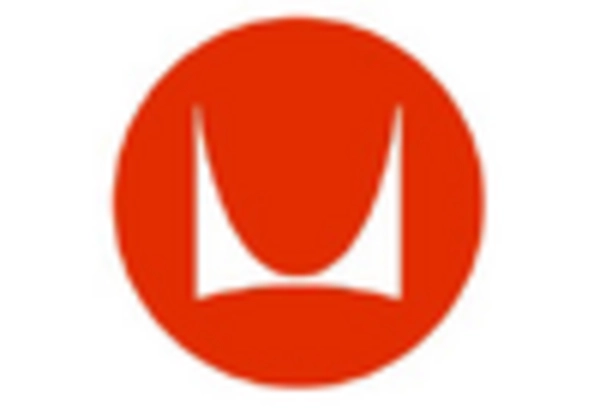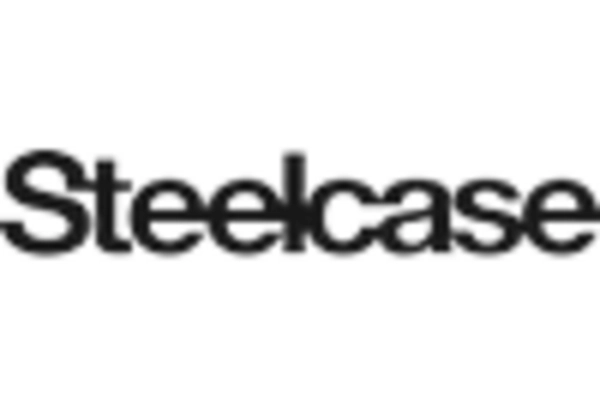Growth of Educational Institutions
The expansion of educational institutions in the GCC region is significantly impacting the laboratory furniture market. As universities and technical colleges enhance their science and engineering programs, the need for well-equipped laboratories becomes paramount. This growth is prompting educational institutions to invest in high-quality laboratory furniture that supports hands-on learning and research activities. Recent statistics indicate that the number of higher education institutions in the GCC has increased by 15% over the past five years, which correlates with a rising demand for laboratory furniture. Consequently, this trend is expected to drive market growth as educational facilities seek to create conducive learning environments that foster innovation and experimentation.
Rising Demand for Research Facilities
The laboratory furniture market is experiencing a notable surge in demand due to the increasing establishment of research facilities across the GCC region. Governments are investing heavily in research and development, particularly in sectors such as healthcare, biotechnology, and environmental science. This trend is likely to drive the need for specialized laboratory furniture that meets the specific requirements of these facilities. According to recent data, the GCC's investment in research and development is projected to reach $20 billion by 2026, which will further stimulate the laboratory furniture market. As more research institutions emerge, the demand for ergonomic, durable, and customizable laboratory furniture is expected to rise, thereby enhancing the overall market landscape.
Sustainability and Eco-Friendly Practices
Sustainability is becoming a crucial driver in the laboratory furniture market, particularly as organizations in the GCC adopt eco-friendly practices. There is a growing awareness of the environmental impact of laboratory operations, prompting institutions to seek furniture made from sustainable materials. Manufacturers are responding by developing products that utilize recycled materials and environmentally friendly finishes. This shift towards sustainability is not only beneficial for the environment but also aligns with the corporate social responsibility goals of many organizations. As a result, the laboratory furniture market is likely to see an increase in demand for sustainable options, potentially leading to a market growth of 7% in the coming years as more laboratories prioritize eco-conscious choices.
Increased Focus on Health and Safety Standards
The laboratory furniture market is being driven by an increased focus on health and safety standards within laboratory environments. Regulatory bodies in the GCC are enforcing stricter guidelines to ensure the safety of laboratory personnel and the integrity of research processes. This has led to a heightened demand for laboratory furniture that complies with these regulations, such as chemical-resistant work surfaces and ergonomic seating options. As a result, manufacturers are adapting their product lines to meet these evolving standards, which is expected to boost market growth. The emphasis on safety is likely to result in a market expansion of around 6% over the next few years, as laboratories prioritize the well-being of their staff and the reliability of their equipment.
Technological Advancements in Laboratory Design
Technological advancements are significantly influencing the laboratory furniture market, particularly in the GCC region. Innovations in materials and design are leading to the development of furniture that is not only functional but also enhances laboratory efficiency. For instance, the introduction of modular furniture systems allows for flexible laboratory layouts, accommodating various research activities. Furthermore, smart furniture equipped with integrated technology for data collection and analysis is becoming increasingly popular. This shift towards high-tech solutions is expected to contribute to a market growth rate of approximately 8% annually over the next five years. As laboratories seek to optimize their operations, the demand for technologically advanced furniture solutions will likely continue to rise.

















Leave a Comment